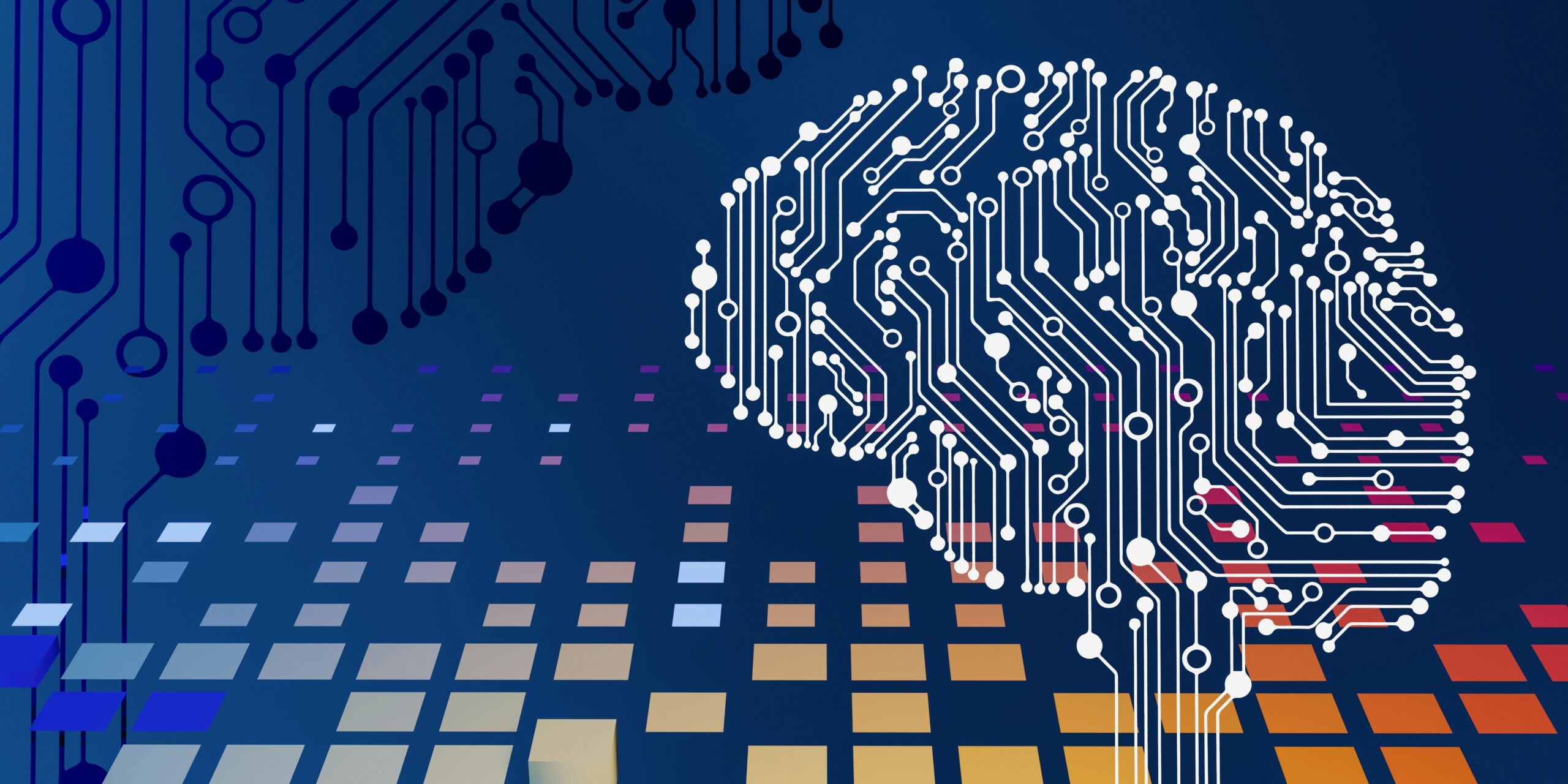Picture this: your company is doing well, you’ve hired impressive new employees, and your business is expanding. But as your team starts settling into their new roles, you notice certain performance gaps emerging. Despite bringing in capable individuals, the desired performance level just isn’t there. What could be the reason? In this blog, we explore three key causes of performance gaps and how learning can solve them.
1. Inadequate Skills and Knowledge
One of the most common causes of performance gaps is a lack of essential skills and knowledge. As technology evolves and industries change, workers may struggle to keep up with the new demands of their roles. “We often see employees who are eager to learn but just haven’t been given the right resources to acquire the skills they need,” shares an L&D professional from a Fortune 500 company.
Learning and development programs can fill these gaps by providing employees with the tools they need to succeed in their roles. Whether it’s e-learning courses, workshops, or on-the-job training, learning programs can target the exact skills and knowledge employees need to boost their performance.
2. Misaligned Expectations and Goals
Another prevalent issue causing performance gaps is the misalignment of expectations and goals. Employees may not fully understand their responsibilities or how their performance is measured, leading to discrepancies between what they think they should be achieving and what’s actually expected of them. “It’s not uncommon for employees to be unsure about their objectives, particularly when they’re new to a role or industry,” notes an experienced L&D expert.
Learning interventions can help address this issue by clarifying expectations and providing employees with a framework for achieving their goals. Training programs that focus on goal-setting and alignment can ensure that everyone is on the same page and working towards common objectives, ultimately closing the performance gap.
3. Insufficient Feedback and Support
Performance gaps can also arise when employees don’t receive enough feedback and support from their managers or colleagues. Without regular feedback on their performance, employees may not realize they’re falling short or may not know what they need to improve. A senior L&D consultant explains, “Regular feedback is crucial for employee growth; it helps them identify their weaknesses and improve their skills.”
Learning initiatives that incorporate feedback and support can make a significant difference in closing performance gaps. Training programs that include peer and manager feedback, mentorship, and opportunities for collaboration can empower employees to develop their skills and improve their performance.
Learnexus: Your Solution for Closing Performance Gaps
At Learnexus, we understand the importance of addressing performance gaps through learning interventions. Our marketplace connects Fortune 500 companies with expert freelancers in learning and development, offering tailored solutions to your company’s unique needs. With Learnexus, you can save up to 47% on costs and eliminate procurement issues, all while accessing an extensive network of highly skilled L&D professionals.
Whether you’re looking to enhance employees’ skills, align expectations, or provide better feedback, Learnexus has the resources and expertise to help you close performance gaps and drive your business forward.




